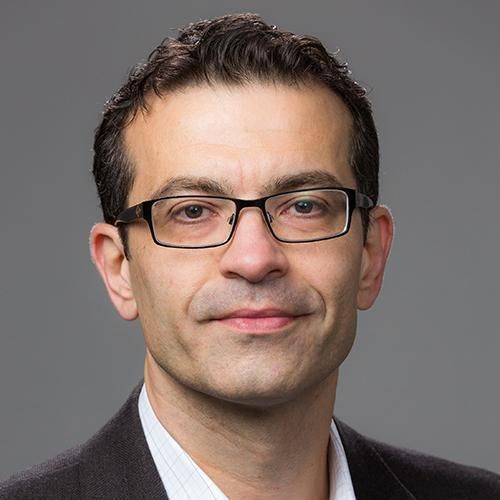
Conduction block in micropatterned cardiomyocyte cultures replicating the structure of ventricular cross-sections.
AIMS: Structural and functional heterogeneities in cardiac tissue have been implicated in conduction block and arrhythmogenesis. However, the propensity of specific sites within the heart to initiate conduction block has not been systematically explored. We utilized cardiomyocyte cultures replicating the realistic, magnetic resonance imaging-measured tissue boundaries and fibre directions of ventricular cross-sections to investigate their roles in the development of conduction block. METHODS AND RESULTS: The Sprague-Dawley neonatal rat cardiomyocytes were micropatterned to obtain cultures with realistic ventricular tissue boundaries and either random or realistic fibre directions. Rapid pacing was applied at multiple sites, with action potential propagation optically mapped. Excitation either failed at the stimulus site or conduction block developed remotely, often initiating reentry. The incidence of conduction block in isotropic monolayers (0% of cultures) increased with the inclusion of realistic tissue boundaries (17%) and further with realistic fibre directions (34%). Conduction block incidence was stimulus site-dependent and highest (77%) with rapid pacing from the right ventricular (RV) free wall. Furthermore, conduction block occurred exclusively at the insertion of the RV free wall into the septum, where structure-mediated current source-load mismatches acutely reduced wavefront and waveback velocity. Tissue boundaries and sharp gradients in fibre direction uniquely determined the evolution, shape, and position of conduction block lines. CONCLUSION: Our study suggests that specific micro- and macrostructural features of the ventricle determine the incidence and spatiotemporal characteristics of conduction block, independent of spatial heterogeneities in ion channel expression.
Duke Scholars
Altmetric Attention Stats
Dimensions Citation Stats
Published In
DOI
EISSN
Publication Date
Volume
Issue
Start / End Page
Location
Related Subject Headings
- Rats, Sprague-Dawley
- Rats
- Myocytes, Cardiac
- Heart Conduction System
- Cells, Cultured
- Cardiovascular System & Hematology
- Cardiac Pacing, Artificial
- Arrhythmias, Cardiac
- Animals, Newborn
- Animals
Citation

Published In
DOI
EISSN
Publication Date
Volume
Issue
Start / End Page
Location
Related Subject Headings
- Rats, Sprague-Dawley
- Rats
- Myocytes, Cardiac
- Heart Conduction System
- Cells, Cultured
- Cardiovascular System & Hematology
- Cardiac Pacing, Artificial
- Arrhythmias, Cardiac
- Animals, Newborn
- Animals


